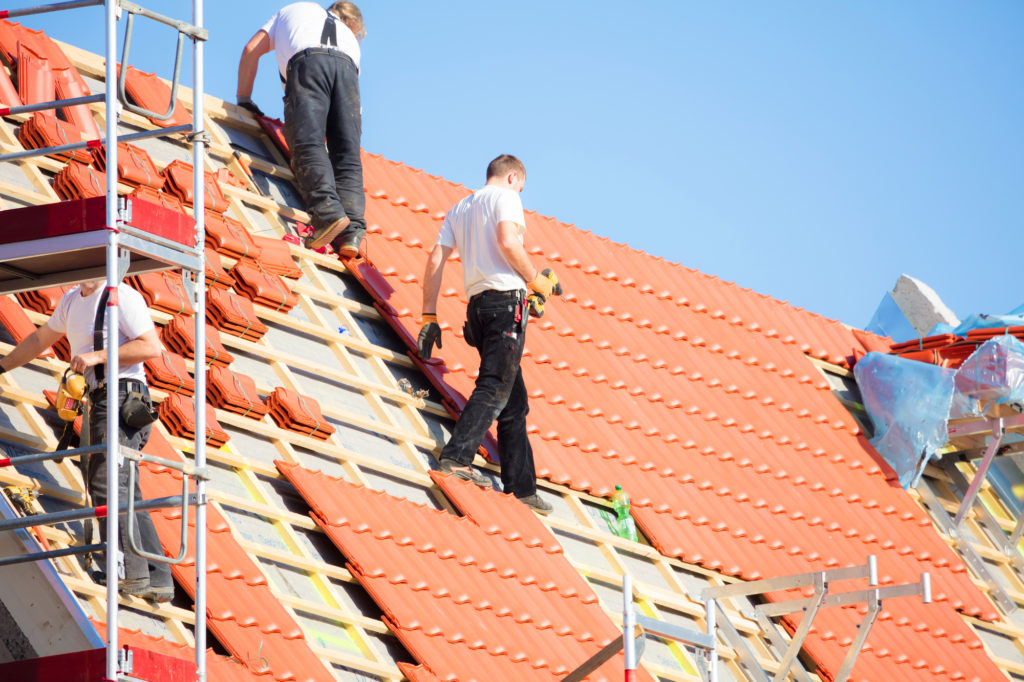In recent years, there has been a steep increase in the number of people upgrading their homes. Statistics reveal that 89% of homeowners were planning or already working on home improvement projects in 2022. And it’s projected that the home improvement industry will be valued at over USD$ 1 trillion per year by 2027.
Reasons for these upgrades include enhancing comfort, updating style, fixing safety issues, improving energy efficiency and raising resale value. A successful upgrade requires detailed planning. Part of this is choosing the right tools and equipment. This is a crucial step to ensure safety at the construction site and fantastic outcomes of the elements being upgraded.
This article provides practical tips to guide you in the selection process.
Define your project scope
The first prudent thing to do is fully describe what your project is all about. Define the specific area the upgrade will focus on – kitchen, bedroom, or living room.
Next, outline all the tasks you intend to do. For a kitchen upgrade, this could include replacing cabinets, installing new flooring and updating accessories. And for a bedroom upgrade, you might engage in upgrades like repainting walls, installing new light fixtures and replacing closet doors.
Then, categorise these tasks based on their nature to help you determine what tools and equipment you’ll need. Also, order the tasks in a list of preference to know the tools you’ll need first and those that can wait for a later time. Meticulously identifying and analysing each project stage gives you a clear picture of the essential equipment for the project and also helps you avoid typical renovation mistakes.
Buy or hire specialty equipment for large-scale projects
For major upgrades, you’ll need more than basic tools. Below is an outline of specialty equipment you may need.
- Scaffolding: For upgrading projects involving work at elevated spots, you’ll need scaffolding. Hire residential scaffolding from reputable suppliers who regularly inspect their materials to ensure their structural integrity isn’t compromised for safety purposes.
- Tile cutters: These are ideal for precisely cutting tiles for flooring and walling.
- Concrete mixers: These save time when preparing large concrete volumes.
- Pressure washers: These will help you thoroughly clean surfaces to prepare them for painting or staining.
Buying such specialty equipment may be expensive. If you’re working on a budget, renting may be an excellent option, as many others do. Statistics reveal that the rental of construction equipment was the largest section of the U.S. equipment rental market in 2021, with a market size of about USD$32.5 billion. You may want to follow suit and rent them.
Gather the basics
There are some tools that often feature in most home improvement projects. You’d want to start by purchasing these:
- Hammer: This is used for driving nails into wood, disassembling joined members and general fixing tasks.
- Screwdrivers: These are used to drive screws, mostly into wood. Purchase both the flathead and Phillips models in various sizes for the different screws you’ll use.
- Measuring tape: This is used to take precise measurements of building components like drywall or joists for accurate cutting and fixing.
- Level: This is used to check how straight and plumb surfaces are.
- Pliers: This is used for holding tightly, twisting and bending parts like wires or metals.
- Utility knife: This is used to cut a wide variety of materials.
- Safety gear: This includes gloves, goggles and earmuffs
Strive to buy premium quality of these essential tools. They might seem trivial but help a lot with home upgrades.
Invest in power tools
Power tools help increase your speed and efficiency as you tackle home improvement projects. Below are some critical ones to consider:
- Drill: This helps in boring holes and driving screws. A typical one is compatible with numerous bit sizes and types for various applications. The cordless models are more flexible, as you don’t have to worry about setting up a power source close to the worksite.
- Circular saw: This is used to quickly cut through timber and boards.
- Power sanders: These are used to finish wooden surfaces.
- Jigsaw: This is used to cut curves and intricate shapes.
When purchasing power tools, make a point of extensively researching reputable brands with a track record of producing premium quality tools. Buying substandard power tools may compromise your safety, especially since they run on electricity.
Reports from The National Institute for Occupational Safety and Health indicate that more than 10,000 work-related finger amputations are performed every year in U.S. hospital emergency departments, with some of them arising from the use of power tools. So, safety is paramount when working with these tools.
Conclusion
Having the right tools and equipment is your gateway to a successful home improvement project. Safety is a critical consideration when selecting them, given the high-risk nature of construction projects. For this reason, stick to reliable brands and suppliers known for high-quality standards. You may also want to consult professionals for deeper insight into what tools to use.

